Longines
Mr Talking Hands: Size Matters
Longines
Mr Talking Hands: Size Matters
But what exactly does it mean for a watch to be the wrong size? A large watch on a smaller wrist still tells the time; it still functions as a watch. The rotor weight will still go round. It won’t send the wearer off balance and into a hedge. It’s all in the eye of the beholder — but who determines how that eye thinks?
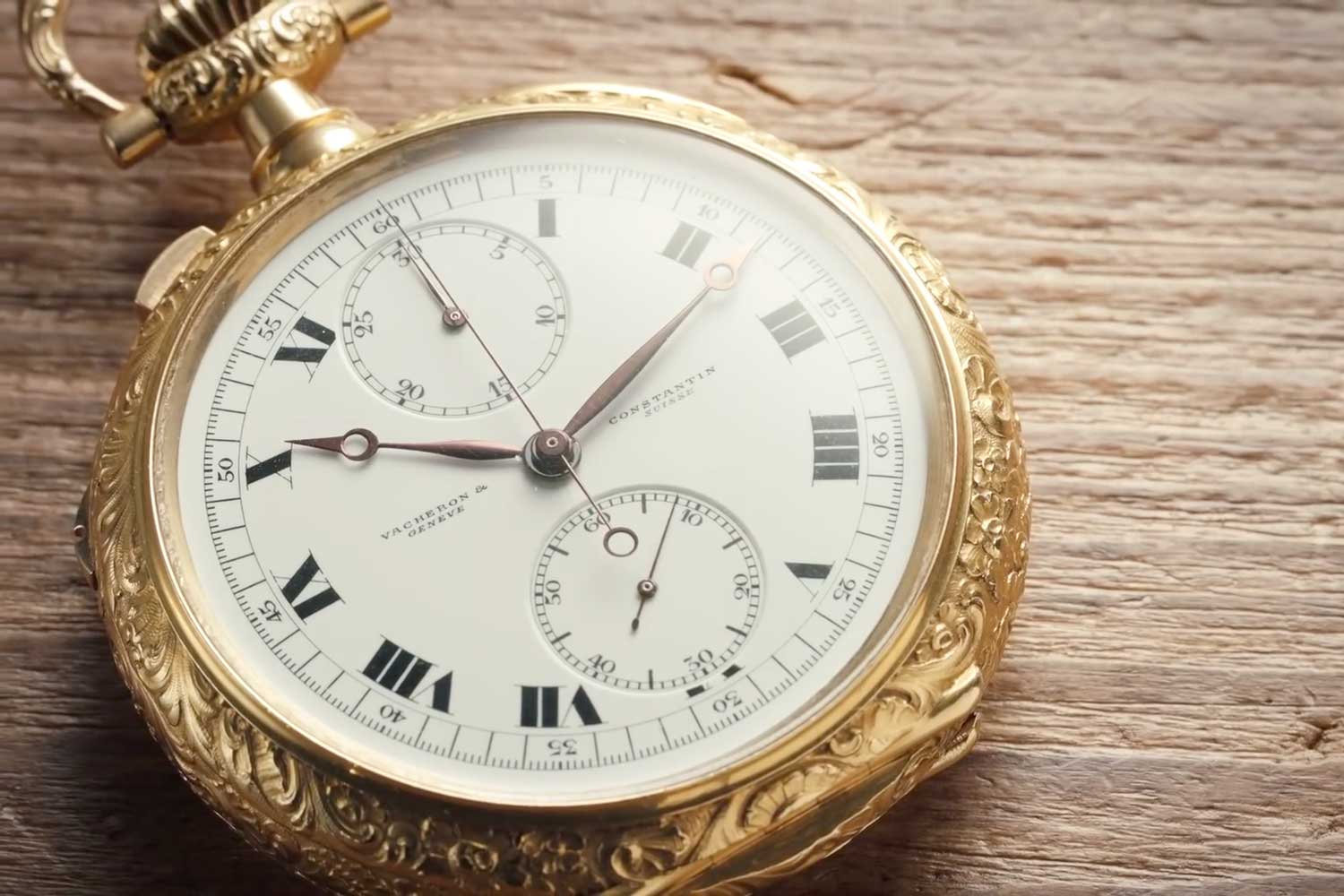
Pocket watches presented a fantastic opportunity to show off. The bigger the better! Pictured here is the Vacheron Constantin James Ward Packard Pocket Watch
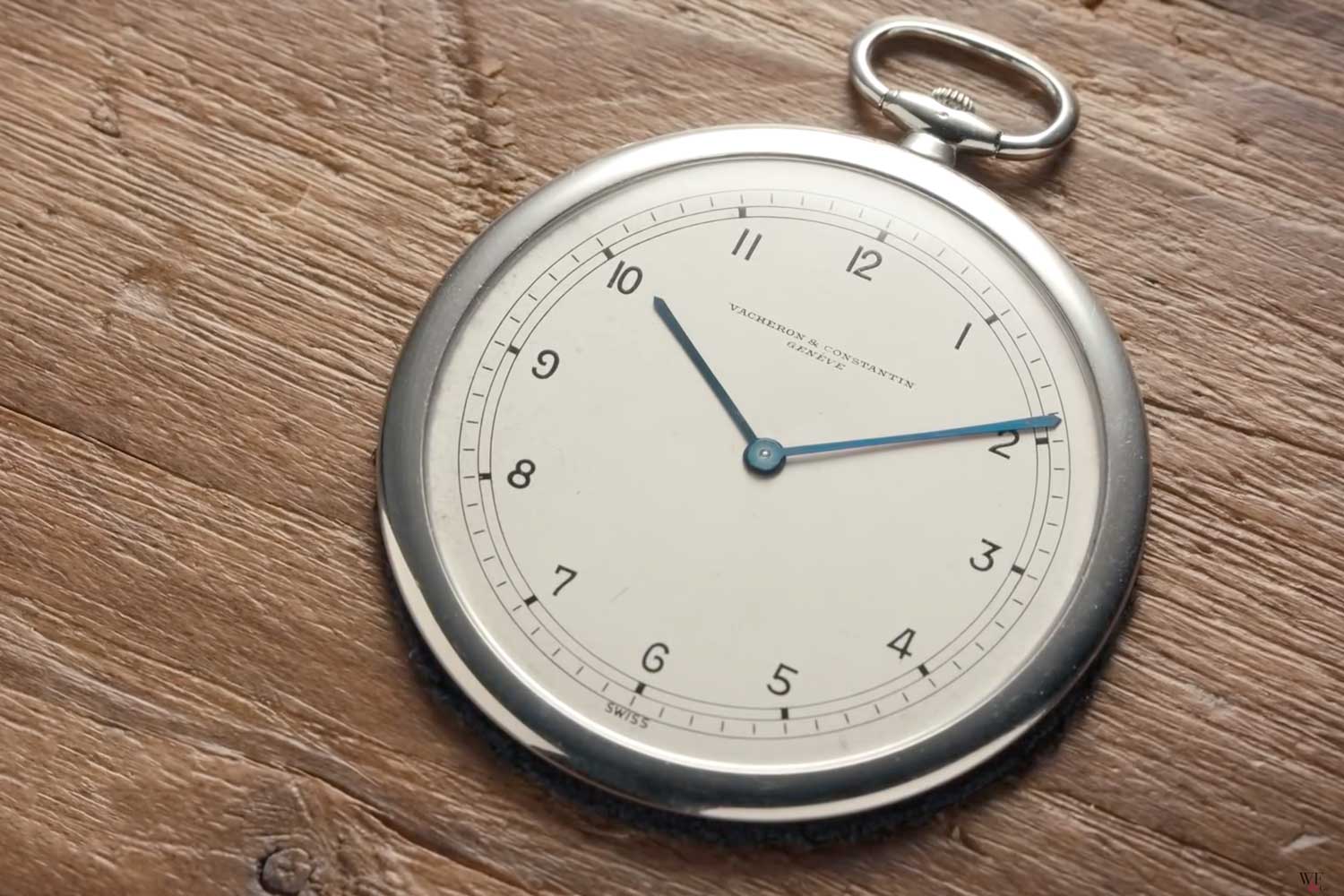
Vacheron Constantin Ultra-Thin Pocket Watch
Minute repeaters, timekeepers that broadcast the time audibly through a sequence of chimes, are really the origin of the mechanical clock. Great clocktowers at the centers of towns, often found in the steeples of churches, would ring out the time for all to hear — and that technology was very desirable in the home.
No better brag was there than to have guests over and show them your on-demand, minute repeating clock. Pull the chord and — as if by magic — the clock would do your bidding, much to the astonishment of the onlooking guests. Talk about town is very much what one would be were one rocking a minute repeater.
It was all about being the first. Remember that guy who had a LaserDisc player and a MiniDisc Walkman? As insufferable as they were about it, you remember them, and as watchmaking technology improved, high society types were keen to impress their pioneering spirits onto their friends by beating them to the punch.
Table clocks became pendants, worn around the neck and adorned with jewels and decoration, fashioned into exotic shapes like animals, flowers and even fruit. The heart of fashion, France, led the globe in trend-setting styles, and this did not sit well with one Charles II, King of England. He considered England to be fashion’s true home, and so he decided to take action. Petty action, but action nonetheless.
King Charles — and this is absolutely true — took the sleeves off a jacket and decreed this new “waistcoat” be part of correct English dress. Basically, he forced it into fashion, and to be fair to Charlie, it really did stick. Why am I telling you this? Because of one little thing the waistcoat had that would turn watchmaking trends upside down for centuries to come: pockets. Yes, because King Chazzer put pockets on his new-fangled waistcoat; people now had somewhere to keep their watches.
This is when watchmaking really hit its stride. Incredible complications, incredible artistry — all in your front left pocket. Whip it out, show your friends; instant street cred. With the square confines of its woolen home as its only restriction, pocket watches became a platform for technological advancement the like of which had never been seen before.
These watches were the iPhones of their day, each one more impressive than the last. The fusée and chain, for example, a mechanism that reduced the torque deficit of a mainspring as it unwound, made a pocket watch bulky, but it didn’t matter. Bigger was better, more was … well, more. Until it wasn’t.
Not only was there an offshoot of ultra-thin pocket watches, demonstrating advancements in material technology that turned what was ordinarily a bulky object into a paper-thin wonder, there was also the Great Depression. All of a sudden, these large, ostentatious displays of wealth became an easy target for a lynching, and understandably fell out of favor.
For watchmakers you may have heard of, like, oh, Patek Philippe, this was a worry. A big worry. Sales dried up, customers vanished into thin air — nobody wanted a big, complicated pocket watch anymore. So how were people telling the time? With something a little bit more discreet.
The Modern Wristwatch
The wristwatch, known rather insultingly as the wristlet in its early days, was, before the Great Depression, for girls. No, really, wristwatches were laughable for men, and for women, were actually just tiny movements with no real accuracy to speak of hidden into bangles as a bit of practicality.
But the Great War changed that. Wristwatches as a tool were far more practical than pocket watches. The most accurate wristlet sized movements found their way into the watches of men fighting in the trenches, officers coordinating battalions and changing the tide of war. And the companies making those watches took advantage of that, offering battle-hardened designs to customers waiting back home.
And, you know what — it worked. People started buying these very small, very basic wristwatches. They slipped in perfectly to the whole austere look and feel of the early 20th century, and even those famous pocket watch makers like Patek Philippe conceded. The company was sold, new talent brought in, and within a year, the Patek Philippe Calatrava was in shop windows.
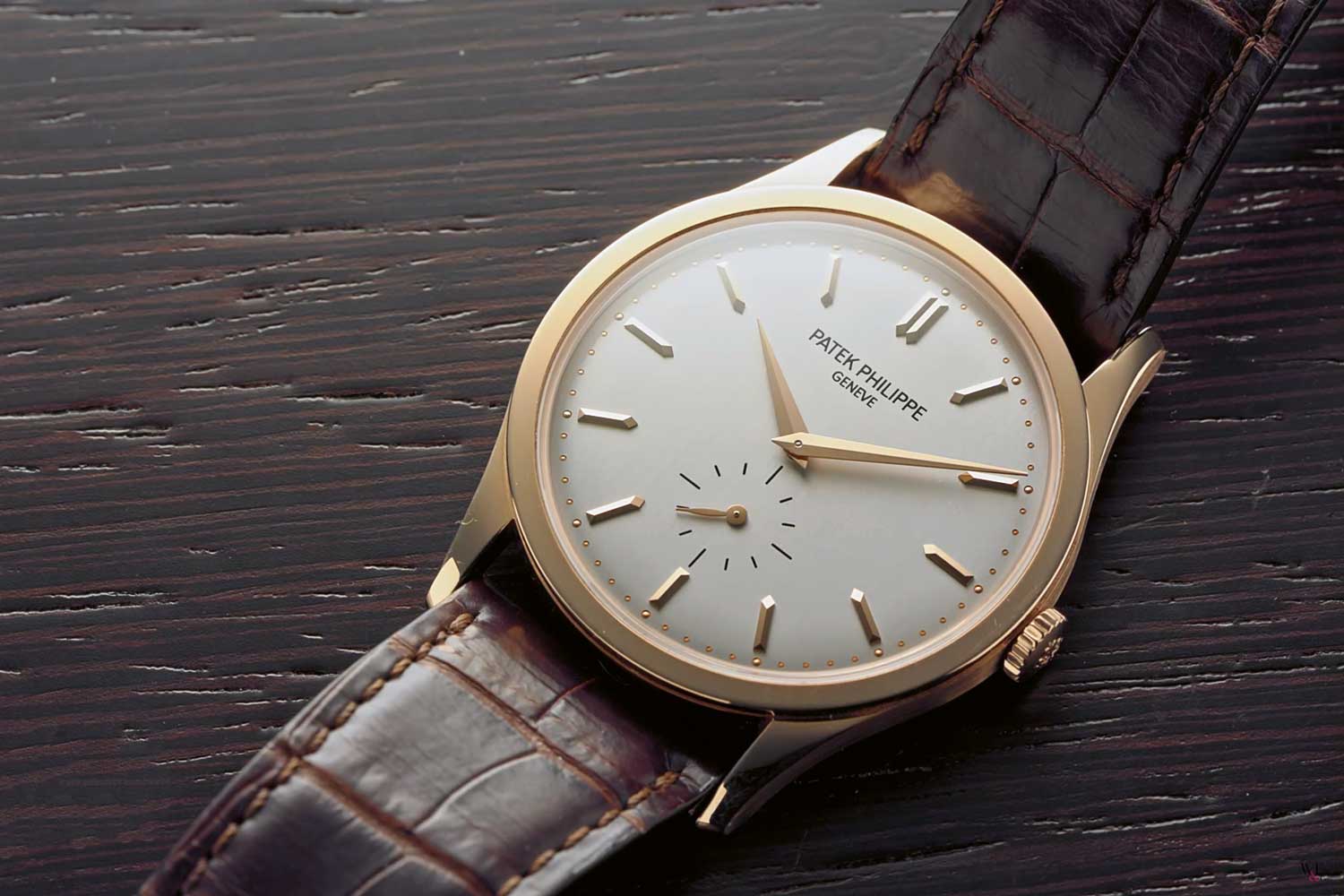
Patek Philippe Calatrava 5196R
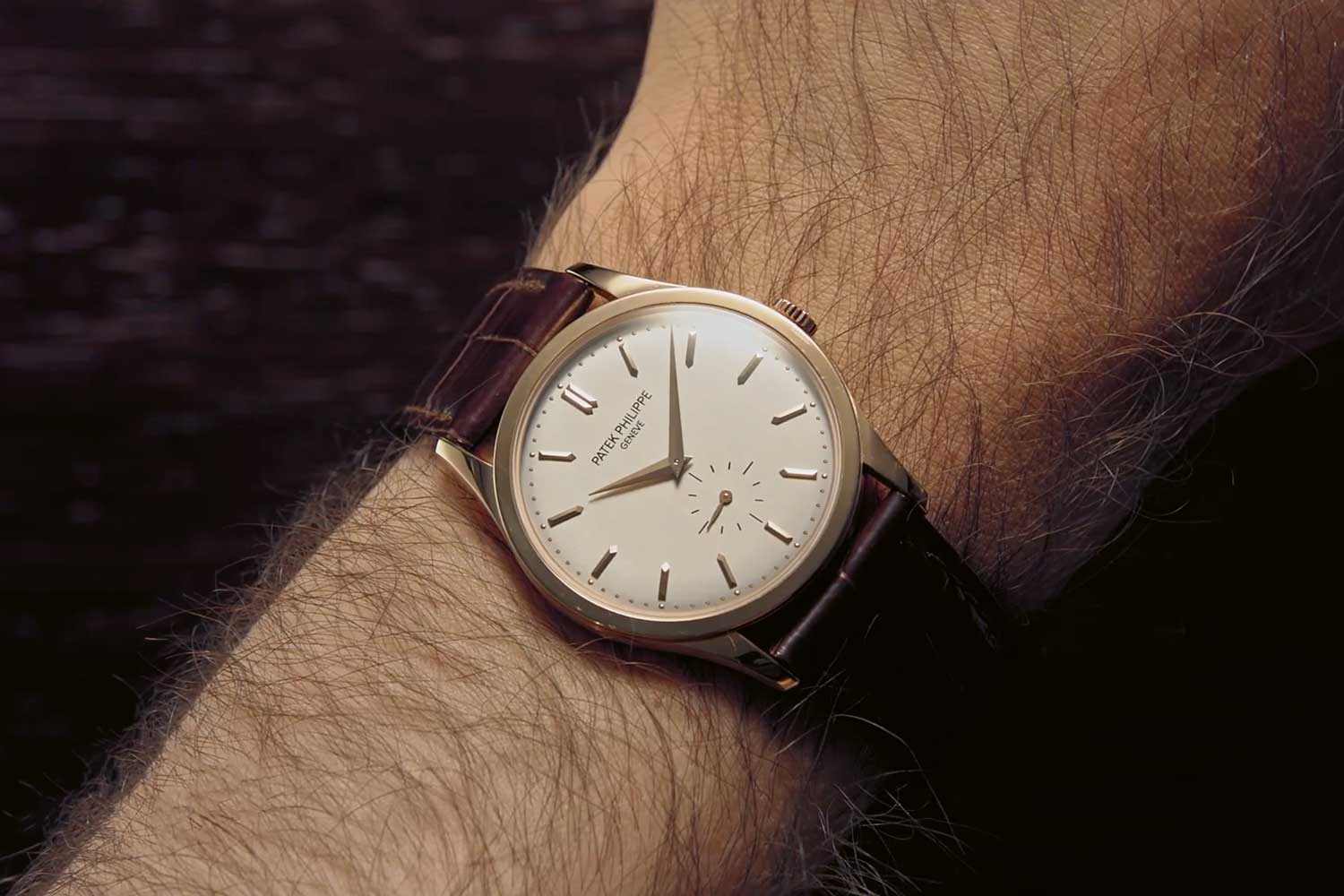
Patek Philippe Calatrava 5196R
These watches weren’t like the ones that came before them. Like the broader fashion scene, which was moving away from the tight collars and knitted ties of the previous generation, it was all a bit more… chill. If a watch were jeans and a T-shirt, they would be either a Hublot special edition with literal jeans and a T-shirt in them, or a 1950s Rolex Submariner. Simple. Rugged. Casual. Like a good pair of Levi’s, these watches, built bigger and tougher, leaving behind the gossamer elegance of before, were designed to take whatever life could throw at them.
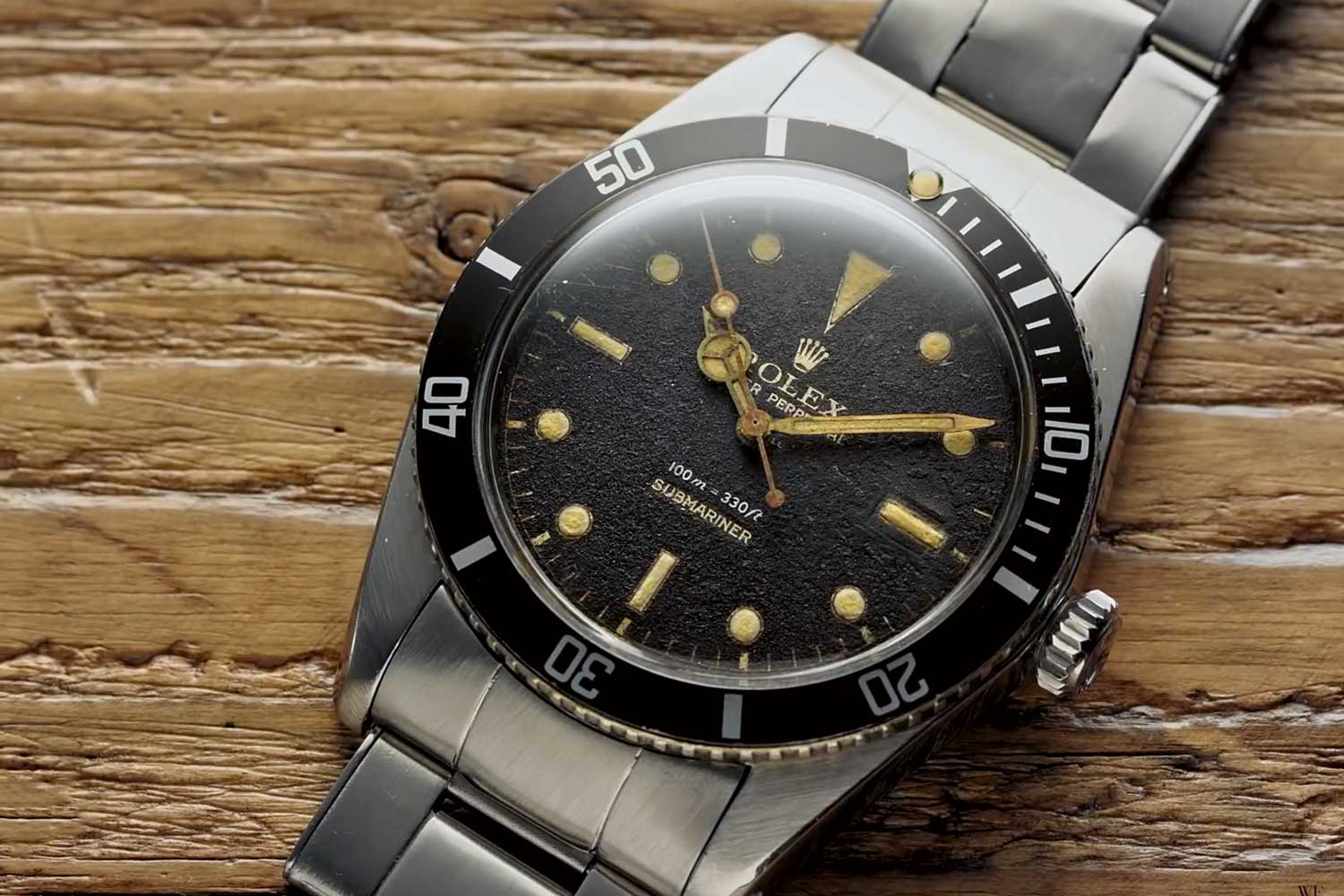
Rolex Submariner 5508
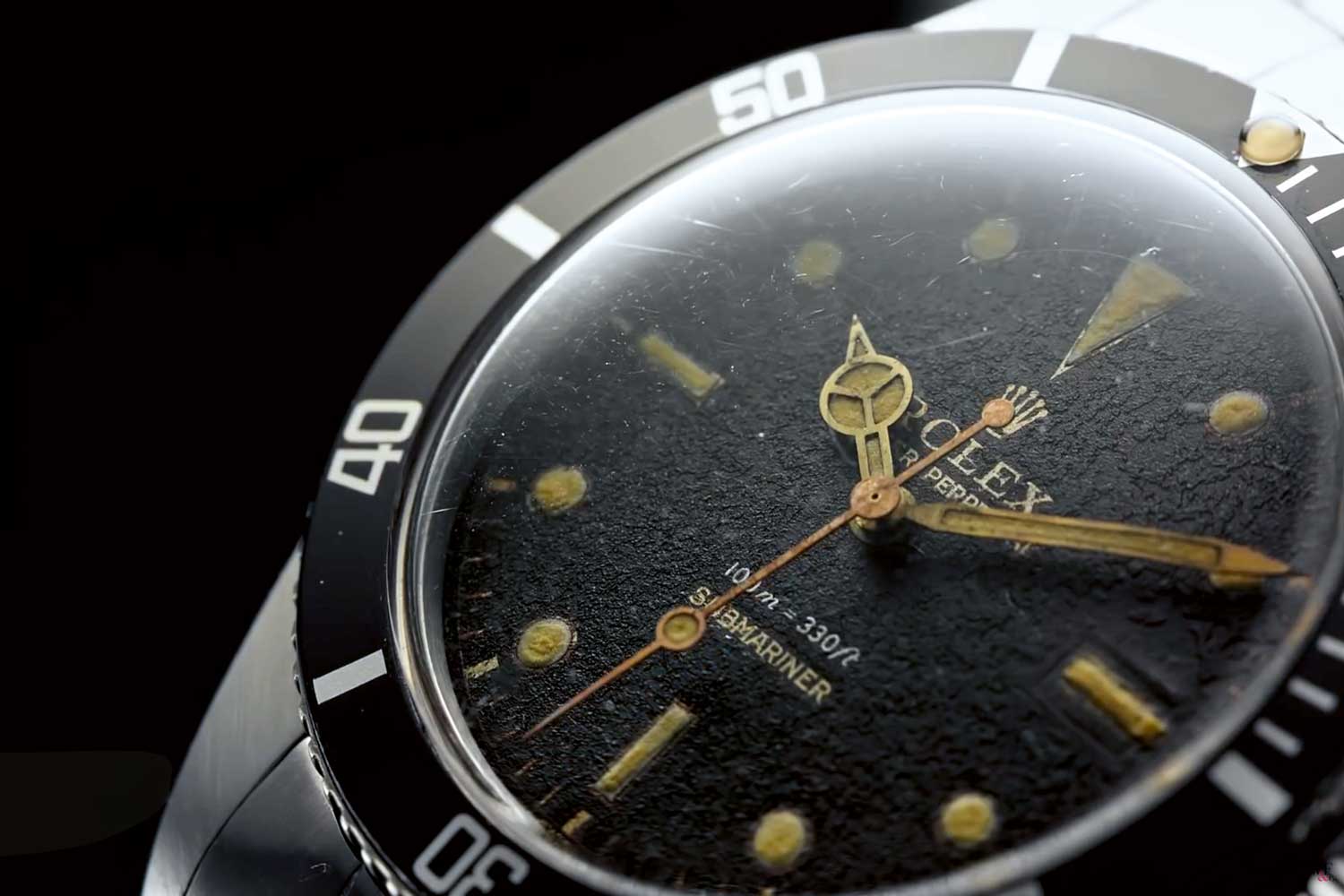
Rolex Submariner 5508
Where did that leave wristwatch fashion? Well, for a bit, all over the place. Big, small, covered in gadgets, LED screens and whatever else you could think of. A lot of it didn’t work. A lot of watchmakers disappeared. If Switzerland was to remain the capital of watchmaking, something would have to be done, and fast.
That something was, in the 1970s, as shocking as Patek Philippe making a wristwatch in the 1930s: the Royal Oak. Watchmaking wasn’t about time-telling anymore, it was about social standing. Big, bold and most importantly expensive, the Royal Oak set a new tone in luxury. Every watchmaker and his dog followed suit, and before long, wristwatches, often resplendent with oversized gold bracelets, set the tone for the excessive eighties.
Everyone remembers that, but the decade that followed, despite being incredibly influential in what we do and don’t like now, seems to have been forgotten. The nineties was the dawn of the collector, the enthusiast, when a few savvy buyers postulated that vintage Rolex Submariners might be worth hanging on to. And with it brought something of a renaissance. Watchmakers blew the dust off their back catalogs and reintroduced pieces of history like the Luminor and the Portuguese, what were really gambles in the face of a new opportunity to see what would stick.
As well as old, we got new. The Royal Oak, much like the celebrities of the time, put on an oversized suit to make the Offshore. Richard Mille and Urwerk showed us how watchmaking could actually be modern, and with it all came a taste for larger and larger. Watches as big as pocket watches were now a thing. Industrial design, alien-like complications — anything and everything was on the table.
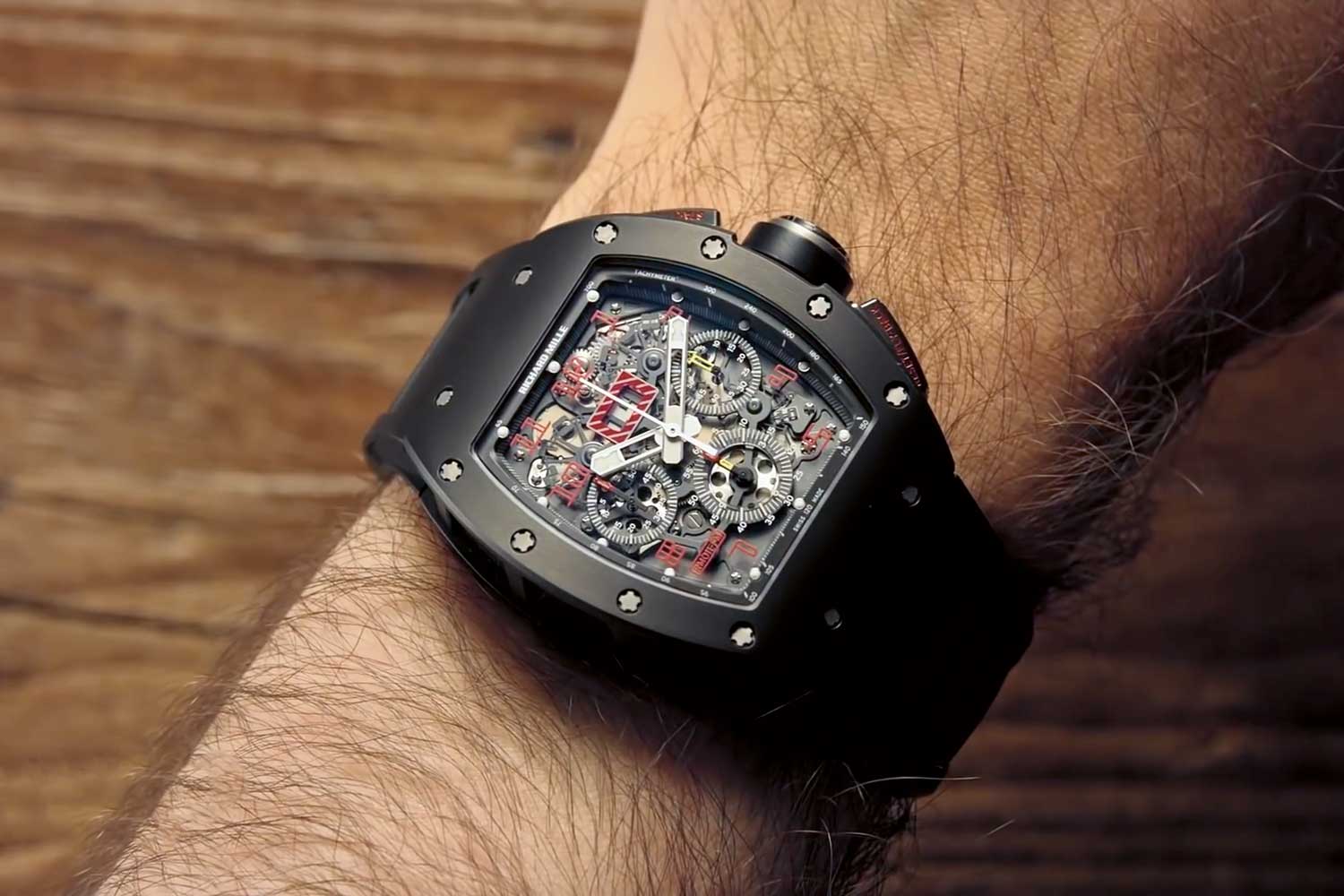
The journey has come full circle, with wristwatches now offering the pocket watch lifestyle. Pictured here is the Richard Mille Felipe Massa RM 011
So, we find ourselves back where we started, asking which, of all these sizes that have come and gone over the last few centuries, is right for you. Well, to that question there can only be one answer: the one you like most. Don’t let anyone tell you otherwise.











